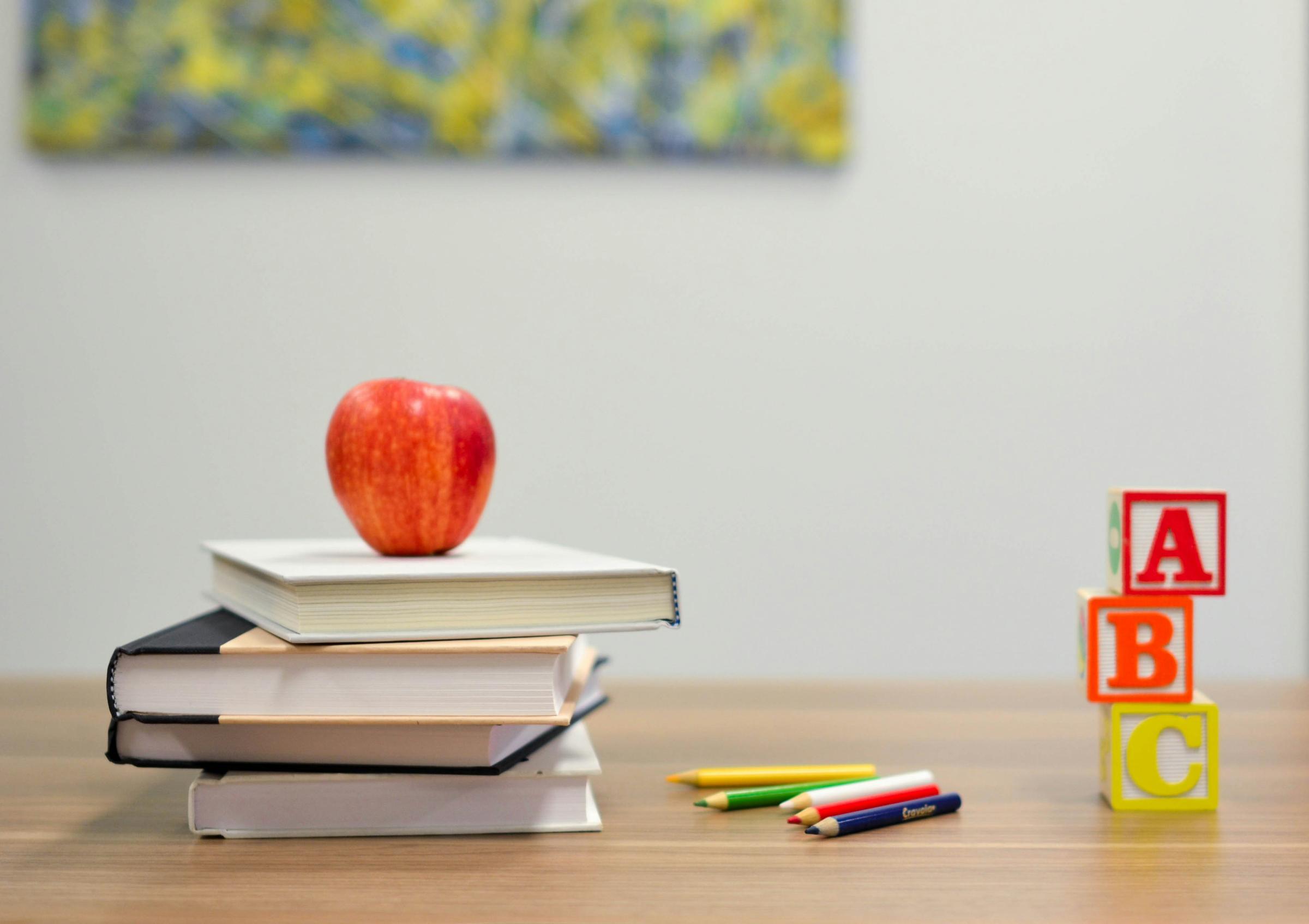Learning and Teaching
Minimising Distractions

Learning and Teaching
Minimising Distractions
Our environment is full of distractions. According to the University of California it takes us, on average, 23 minutes and 15 seconds to refocus after a distraction. Teachers work hard to minimise interruptions to classrooms, interruptions which may include: classroom visitors, student behaviour, phone calls from the Office, late arrivals, early departures, announcements, and toilet breaks, just to name a few. Any of these interruptions can have a negative impact on students’ ability to concentrate and learn.
Parents can help teachers to create a productive and supportive learning environment at school, by minimizing interruptions to classroom routines. Scheduling appointments outside of school hours, and abiding by school drop off and pick up times can aid with this.
Parents can also support their children by creating the right conditions for learning at home and completing homework by creating a conducive physical environment, structured routines, and supportive resources.
Create a Dedicated Study Space
Establish a Routine
Eliminate Distractions
Implementing these strategies can help create a productive and supportive learning environment, making it easier for learning to occur.
Laura Leung
Learning and Teaching